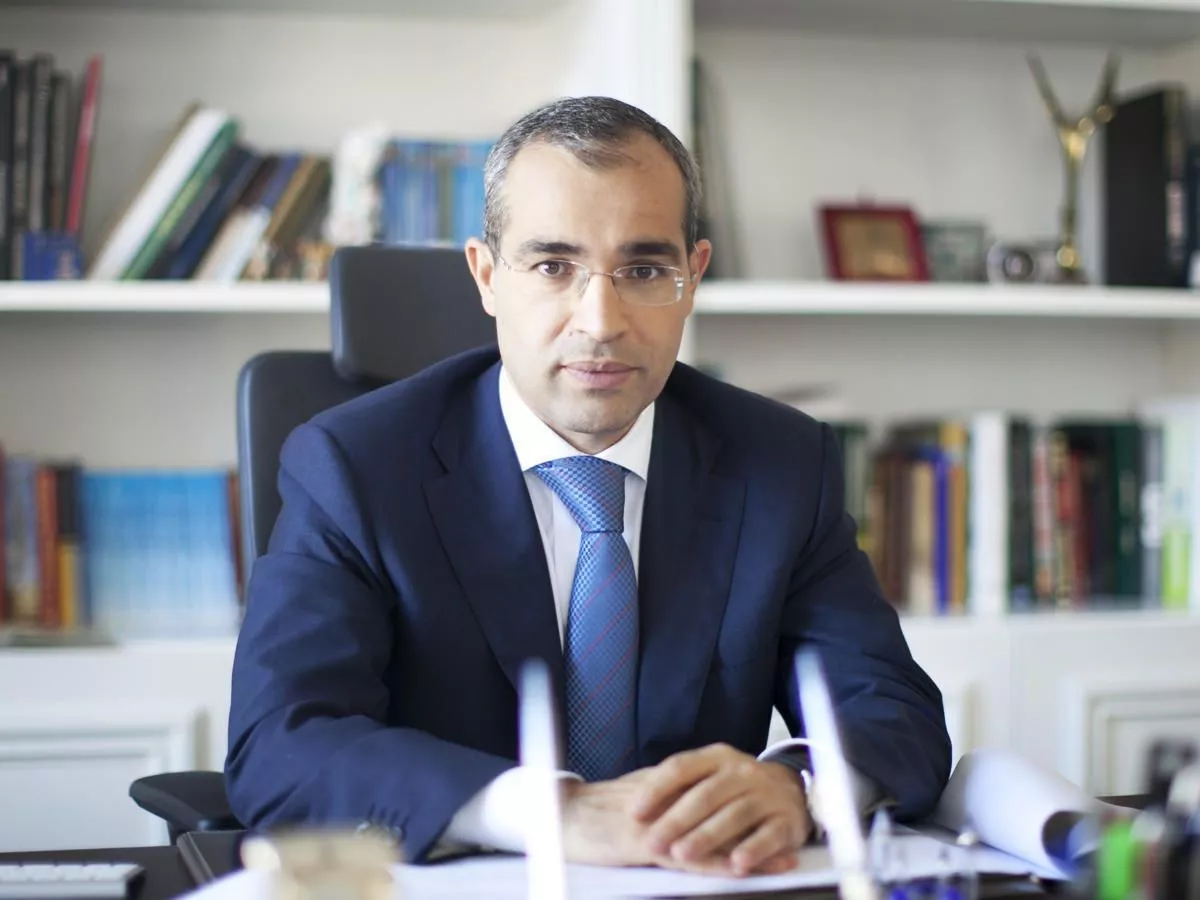Azerbaijan’s breakthrough beyond oil and gas Caliber.Az review
Despite certain challenges in the global economic environment and a decline in oil exports, Azerbaijan’s economy—particularly its non-oil sectors—has shown steady growth, expanding by 1.2 times over the past few years. Issues such as the increasing share of the non-oil sector in GDP, the implementation of measures outlined in the 2022–2026 Socio-Economic Development Strategy, and the First State Programme on the Great Return were discussed on July 30 during the first meeting of the relevant working subgroups chaired by Azerbaijan’s Minister of Economy, Mikayil Jabbarov.
In line with the long-term policy document “Azerbaijan 2030: National Priorities for Socio-Economic Development”, introduced in early 2021, and the medium-term strategy for 2022–2026 derived from it, the country aims to foster economic growth that is sustainable, balanced, and resilient to external shocks. With these objectives in mind, Azerbaijan has embarked on a broad diversification of its national economy in recent years. Key emerging sectors include green energy, digitalisation across both public and private spheres, the integration of Industry 4.0 technologies, and the launch of a transparent, modern privatisation strategy—featuring the clustering of state-owned enterprises to enhance their efficiency.
Complementing these efforts are tax and customs reforms designed to curb the shadow economy and promote transparent, tax-compliant business practices, thereby strengthening the state’s fiscal revenues. In all these areas, Azerbaijan has made notable progress—achievements that have been recognised by numerous respected international organisations.

Thanks to a new wave of industrialisation reforms, the non-oil sector has remained a key driver of Azerbaijan’s economic growth for several years—especially as output in the extractive industries has declined. This shift is unsurprising given the growing weight of the non-oil sector in the country’s economic structure: while it accounted for just 49% of GDP in 2011, by the end of 2024, its share had climbed to nearly 68%.
In 2024, Azerbaijan’s GDP grew by 4.1%, with the non-oil sector expanding by 6%, including a 7% increase in non-oil industrial output.
This impressive performance has been largely fuelled by the government’s consistent policies, including financial incentives and fiscal preferences that have helped attract private investment into the real economy. These measures have also boosted the capitalisation of industrial clusters such as technoparks, industrial zones, agro-parks, and others.
Equally crucial is the effort to maximise the export potential of the non-oil sector. According to the national development strategy, this involves identifying new "engines of growth." In this context, recent initiatives to promote non-oil production, create export-oriented clusters, and establish special economic zones have paid off: Azerbaijan’s non-oil exports are now growing at a significantly faster pace than those of the oil and gas sector.
To evaluate the progress made and define the next steps in advancing the non-oil sector, Azerbaijan’s Ministry of Economy recently convened the inaugural meeting of two working subgroups: “Economic Growth” and “Integration of the Economy of the Territories into Domestic and Global Value Chains for Sustainable Settlement.” The meeting gathered representatives from several key government institutions.
During the session, Minister of Economy Mikayil Jabbarov—who also heads the subgroups—provided an update on the implementation of the 2022–2026 Socio-Economic Development Strategy, aligned with the country’s national priorities, as well as the First State Programme on the Great Return to the territories liberated from occupation.
“By the end of 2024, 78% of the measures outlined in the strategy had been implemented, and as a result, from 2022 to 2024, GDP in the non-oil sector as a whole increased by 1.2 times. The share of the non-oil sector in GDP rose from 61.6% in 2021 to 67.8% in 2024,” the minister stated.

Jabbarov also highlighted that the implementation rate of the State Programme on the Great Return reached 74% in 2024, with a total allocation of 21.6 billion manats (approximately $12.7 billion) by the end of last year. Two major industrial parks have been established in the territories liberated from occupation, currently hosting 55 active enterprises. These resident businesses benefit from fiscal incentives and other privileges, and the export of products manufactured in the Karabakh and East Zangezur economic regions has been successfully organised.
It is worth noting that these are the country’s largest production clusters: the Agdam Industrial Park and the Araz Valley Economic Zone, both home to manufacturing and service-logistics enterprises with strong export potential. According to data from the Agency for Development of Economic Zones (ADEZ) under the Ministry of Economy, 30 businesses currently hold resident status in the Agdam Industrial Park, with an additional four registered as non-residents. More than 121 million manats (about $71 million) have been invested in industrial projects there, creating over 650 permanent jobs. Meanwhile, the Araz Valley Economic Zone hosts 18 resident businesses with a combined investment of 140 million manats (approximately $83 million), alongside three non-resident companies operating within the zone.
Summing up recent efforts to develop the country’s economy, participants at the working subgroups’ meeting were briefed on the priorities shaping the forthcoming Socio-Economic Development Strategy for 2027–2030, as well as the key focus areas of the Second State Programme on the Great Return. The discussions underscored the importance of developing effective mechanisms for economic diversification, actively promoting investment, strengthening the private sector, boosting business activity in the territories liberated from occupation, and enhancing the export-oriented growth model. Additionally, updates on the subgroups’ activities were presented, and upcoming tasks were outlined.
In particular, the minister of economy highlighted that the working group on economic growth is tasked with drafting a strategy document focused on two core objectives: “ensuring stable and high economic growth” and “balanced development between the capital and the regions.”
Meanwhile, the working group dedicated to integrating the economies of the liberated territories into local and global value chains for sustainable resettlement is expected to develop a document aimed at stimulating economic activity in these areas.








